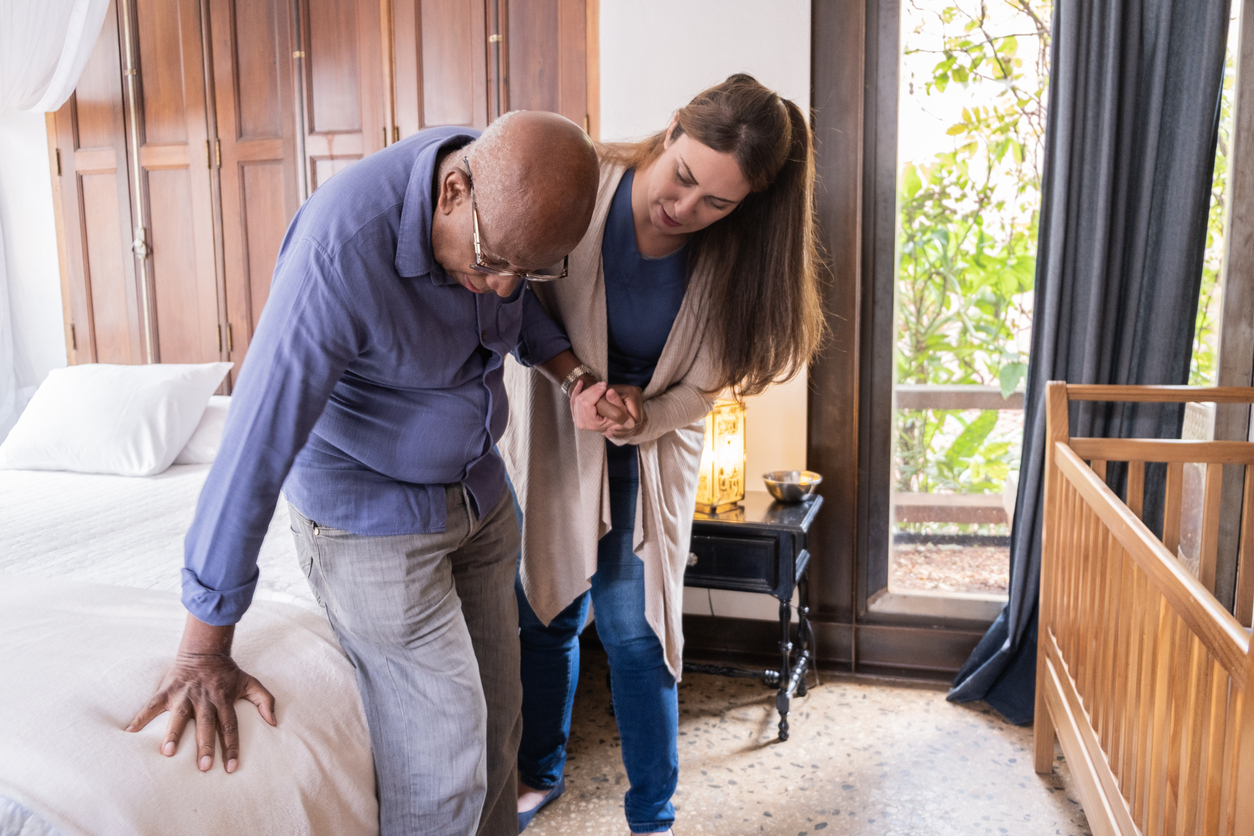Understanding Care Needs: A Key Factor in Housing Decisions
In our previous post, we introduced the Modify or Move™ framework—three paths forward when your current home no longer supports your needs. But before making any housing decision, there’s one essential step that can’t be skipped:
Understanding your current and future care needs.
Whether you’re a senior planning ahead or an adult child supporting a parent, knowing what kind of support is needed is critical to choosing the right living environment.
What Are Activities of Daily Living (ADLs) and IADLs?
Activities of Daily Living (ADLs) and Instrumental Activities of Daily Living (IADLs) are the everyday tasks that help us live independently. They’re also key indicators of a person’s functional status and long-term care needs.
ADL Examples (Personal Care):
- Bathing
- Dressing
- Eating
- Grooming
- Toileting
- Transferring (e.g., from bed to chair)
- Walking
- Oral hygiene
- Climbing stairs
IADL Examples (Daily Life Management):
- Cooking
- Shopping
- Running errands
- Cleaning the house
- Laundry
- Driving or using transportation
- Using the telephone
- Paying bills
- Medication reminders
- Caring for pets
While IADLs often become challenging first, ADLs typically require hands-on help. Recognizing this progression is essential for planning care that evolves with your needs.
Long-Term Care: A Broader Definition
When people hear “long-term care,” they often think only of help with bathing or dressing. But it’s much broader than that.
Long-term care includes:
- Assistance with ADLs and IADLs
- Skilled nursing care
- Physical therapy
- Medication management
- Other clinical services provided by licensed professionals
These services can be delivered at home, in a senior living community, or in a continuing care retirement community (CCRC)—depending on the level of support required.
Why Care Needs Should Guide Housing Choices:
At Forevermore Homes, we believe that housing decisions should always reflect care needs—not just square footage or location. As Seniors Real Estate Specialists® (SRES®) and Certified Aging in Place Specialists (CAPS), we help families evaluate whether a home can support evolving care needs—or if a move to a more supportive environment is the better path.
Whether you’re considering aging in place, downsizing, or exploring assisted living, understanding care needs is the foundation for making informed, compassionate choices.
Coming Up Next: Planning for the Cost of Care
In our next post, we’ll explore the financial side of care planning. From in-home care costs to senior living community fees, we’ll help you understand what to expect—and how to prepare.
Want the Full Guide Now?
If you’re ready to dive deeper into all your housing options without waiting for the full blog series, you can download the complete workbook today. Navigating the Next Chapter: Housing Options for Seniors in Transition is packed with expert insights, practical worksheets, and step-by-step guidance to help you or a loved one make confident, informed decisions.
Click here to get your complimentary copy now.
We’re the Forevermore Homes Team of Coldwell Banker, and we’re passionate about helping seniors and their families make confident, informed decisions about housing and care. Whether you’re modifying your home, downsizing, or exploring senior living options, we’re here to guide you every step of the way.


 Facebook
Facebook
 X
X
 Pinterest
Pinterest
 Copy Link
Copy Link


